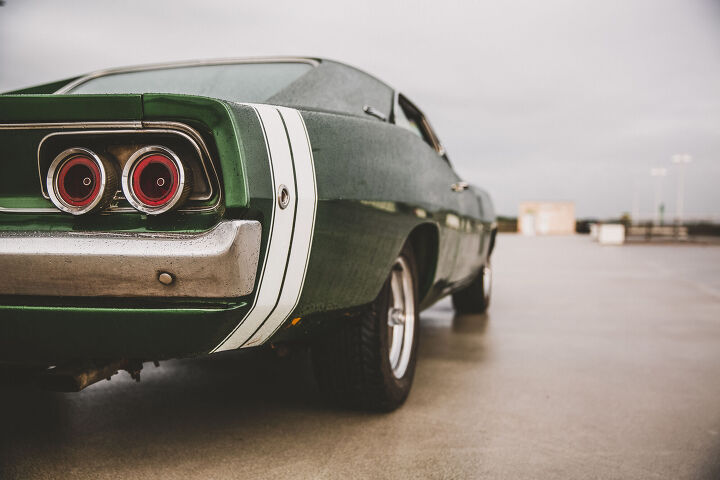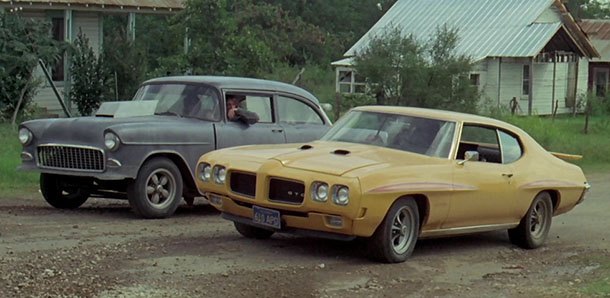#PontiacGTO
QOTD: Which Car Comes to Mind When You Think Muscle?
Over the long holiday weekend I had a conversation about muscle cars from the late '60s/early '70s -- and also saw a bunch of them being posted on the Twitter/X account of a famous performance-car builder.
I enjoyed seeing the Camaros and Chevelle SSs and whatever else. It helped put a smile on my face after the weird year that was 2023. When gazing at a particularly lovely restored Chevelle SS, I thought to myself "man that's what a '60s/'70s muscle car looks like."
Then I realized there were several models that could be the primary representative of that era.
Used Car of the Day: 2004 Pontiac GTO
The mid-Aughts Pontiac GTO was a pretty fun car even in stock form -- I drove more than a few during my time as a front-desk service grunt at a BPG dealer -- and today we feature a modified 2004 Pontiac GTO that's presumably even more fun, thanks to modifications.
QOTD: If Two-Lane Blacktop Were Made Today, What Two Cars Would Star?
During April, the management of the Alamo Drafthouse Theater in Denver allowed me to select and introduce four car movies, and the final one was the 1971 road-trip classic, Two-Lane Blacktop. In the bar before the film rolled (and during my introduction in the theater, and in the parking lot afterward), a debate raged, triggered by a question I’d dropped: What are the 2015 equivalents to the full-race 1955 Chevrolet 150 two-door and brand-new 1970 Pontiac GTO that starred in the film?


















Recent Comments